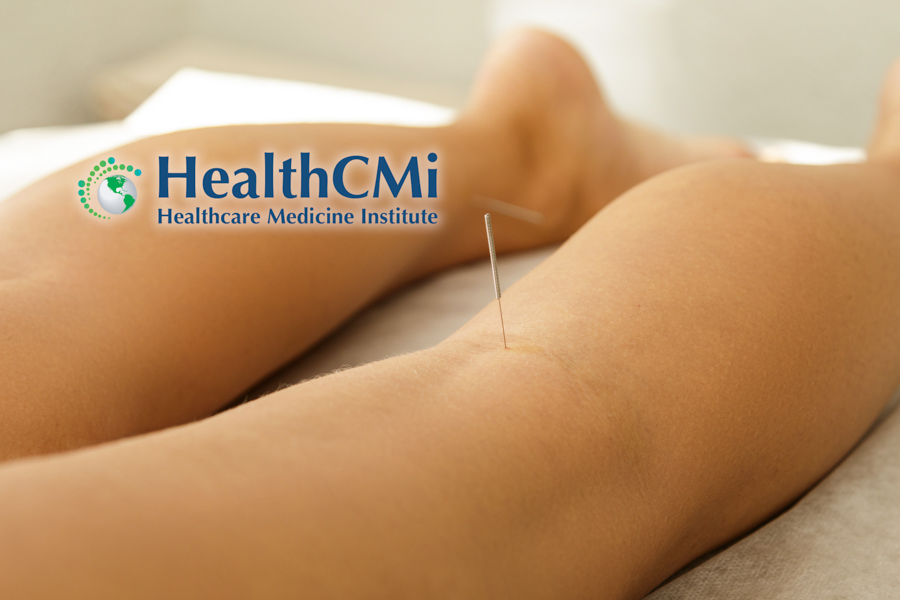
Acupuncture is effective for the treatment of acute lumbar sprains. Researchers from the Guangdong University of Traditional Chinese Medicine and Foshan Hospital of Traditional Chinese Medicine conducted a clinical trial comparing the efficacy of routine pharmaceutical care with that of acupuncture needling with moxa and electrical stimulation. The results of the experiment indicate that the acupuncture-integrated approach yielded superior patient outcomes. [1]
The observational parameters in the trial included changes in the scores of the Visual Analogue Scale (VAS), the range of motion (ROM) scores indicating lumbar spine mobility, and levels of serum tumor necrosis factor-α (TNF-α), interleukin (IL)-6, and IL-10. After treatment, the TNF-α, IL-6, and IL-10 levels in both groups showed significant improvements. Furthermore, the acupuncture treatment group demonstrated significantly greater improvements in TNF-α, IL-6, and IL-10 levels. The efficacy rate was determined based on a three-level scale as follows:
- Recovered: Pain disappears, and normal movement of the lumbar region was restored
- Effective: Lumbar pain was relieved, but excessive movement of the lumbar region remained restricted
- Ineffective: Symptoms showed no improvement
After completion of the trial, the overall effective rate in the acupuncture-integrated treatment group was 97.50%, with 18 cases categorized as recovered and 21 cases classified as effective. In contrast, the effective rate in the control group was 85.00%.
When entering the study, patients were within 48 hours of the initial onset of symptoms. No abnormalities were found on their radiological bone examinations. Patients had not used analgesics before participating in this study and ceased other treatments during the study period.
The trial commenced and spanned one year. During this period, 80 cases of acute lumbar sprain were enrolled. They were randomly assigned to either a routine pharmaceutical control group or an acupuncture-integrated group, with 40 patients in each group. In the control group, there were 24 male and 16 female patients. Patients ranged from 21–53 years old, with a mean age of 34.71 ±13.42 years. The average duration of the condition was 18.03 ±6.15 years. In the acupuncture-integrated group, there were 22 male patients and 18 female patients. Their ages ranged from 22–49 years, with a mean age of 36.25 ±11.23 years. The average duration of the condition in this group was 19.51 ±4.96 years.
The pharmaceutical control group patients were prescribed 75 mg diclofenac sustained release tablets, daily, for five consecutive days. After sterilizing the local skin area, patients in the acupuncture-integrated group received a combined treatment of warm needle acupuncture therapy and specialized needling at the BL40 (Weizhong) acupoint. The following points were included in the procedure:
- BL23 (Shenshu)
- BL25 (Dachangshu)
- BL54 (Zhibian)
- GB30 (Huantiao)
- BL40 (Weizhong)
- BL57 (Chengshan)
Patients assumed a prone position during the procedure. Needles were initially inserted relatively deep into the Weizhong point and then adjusted to a shallower depth. The acupuncturist then gently tilted the needles to the left and right sides to elicit a deqi sensation. Once deqi was achieved, the needles were promptly withdrawn. Weizhong received 70 mm acupuncture needles.
Other acupuncture points were treated with 0.30 mm × 40 mm needles using a perpendicular insertion. Electroacupuncture was administered following deqi sensation, targeting five pairs of acupoints: ipsilateral Shenshu and Dachangshu, ipsilateral Zhibian and Huantiao, and bilateral Chengshan. Densel wave stimulation was applied. After electroacupuncture, warm needle acupuncture was performed using 2 cm moxa connected to the needle ends. This treatment regimen was repeated daily for five consecutive days. The results show that acupuncture is effective for the alleviation of lumbar sprains.
Reference:
[1] Zheng Yizhen, Lao Jinxiong, Clinical Observation of with Round-Sharp Needle Needling Multi-direction at Weizhong (BL40) Acupoints Combined with Electrothermic-Needling Moxibustion on the Treatment of Acute Lumbar Sprain, Journal of Guangzhou University of Traditional Chinese Medicine, October 2022, Vol. 39, No. 10.


